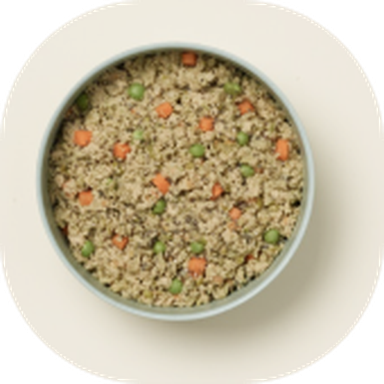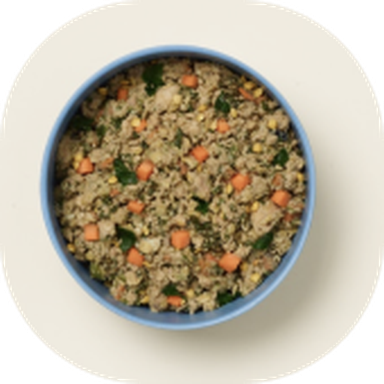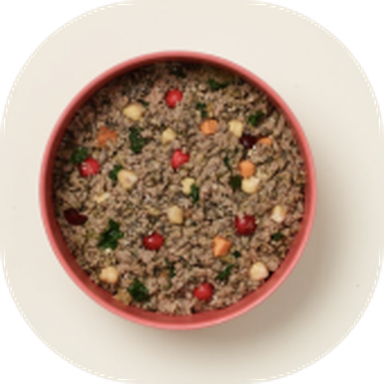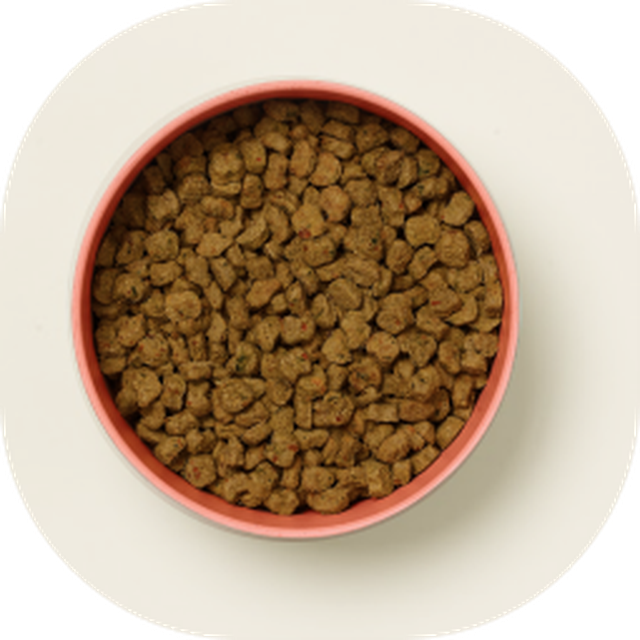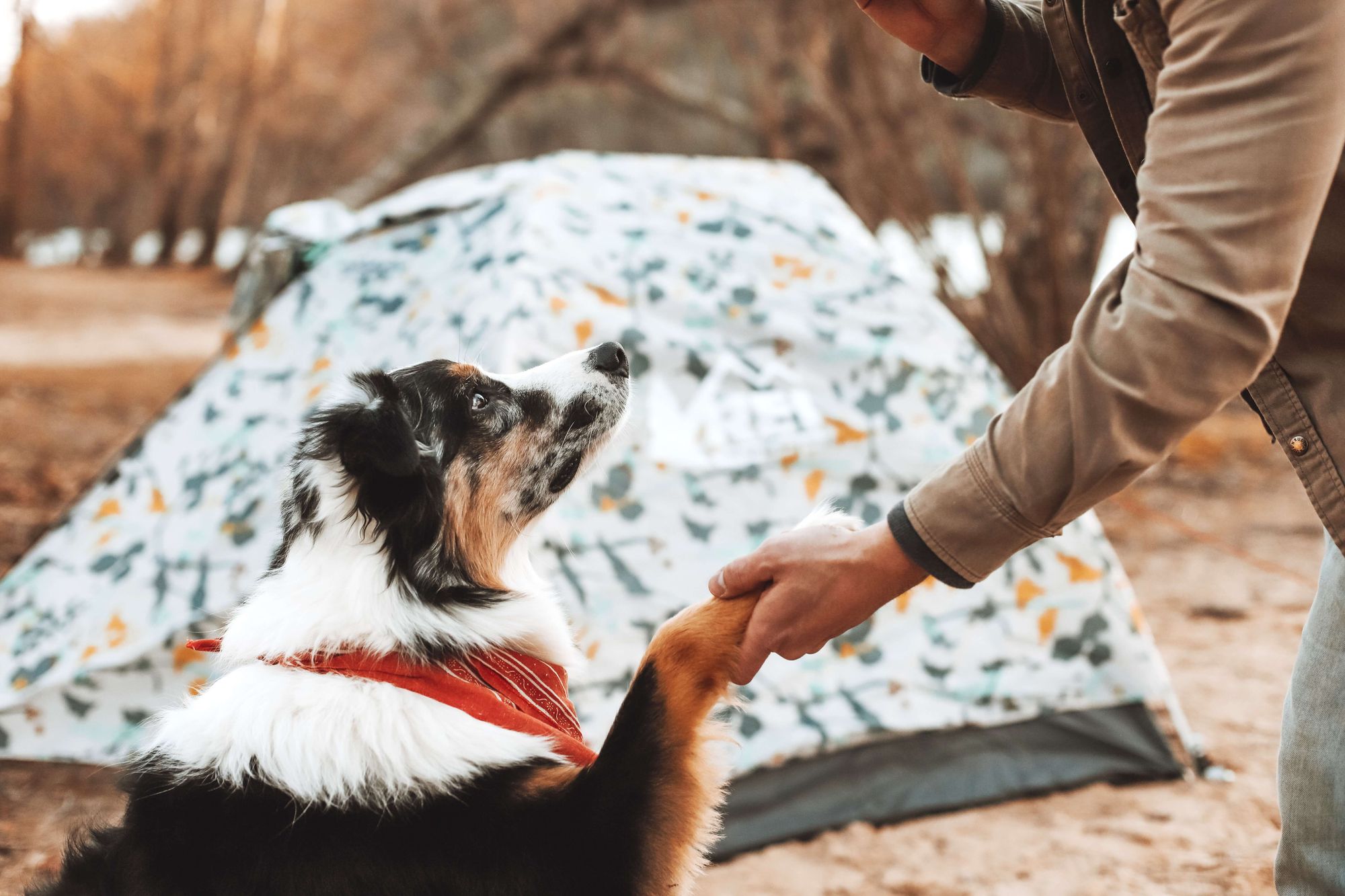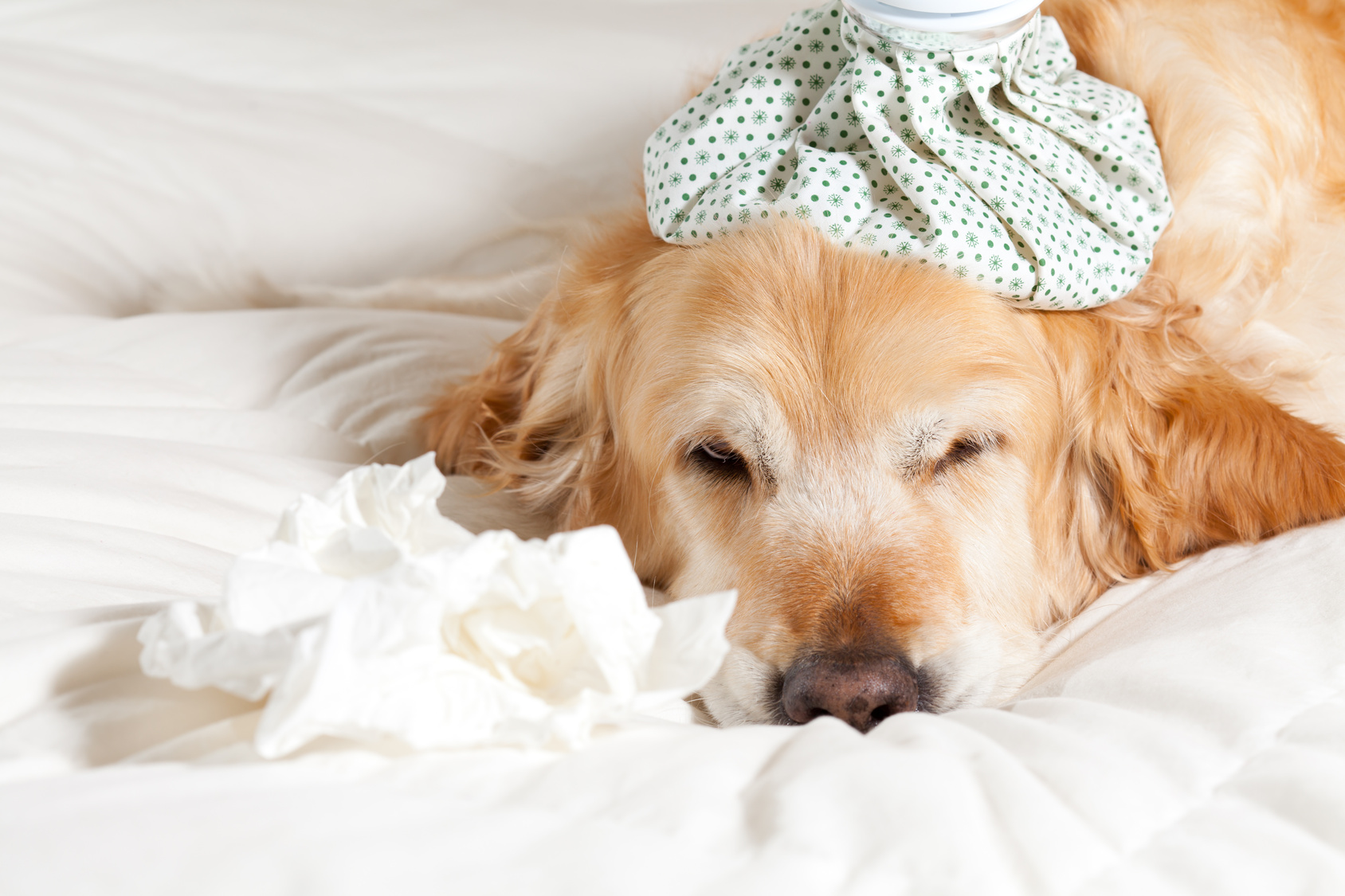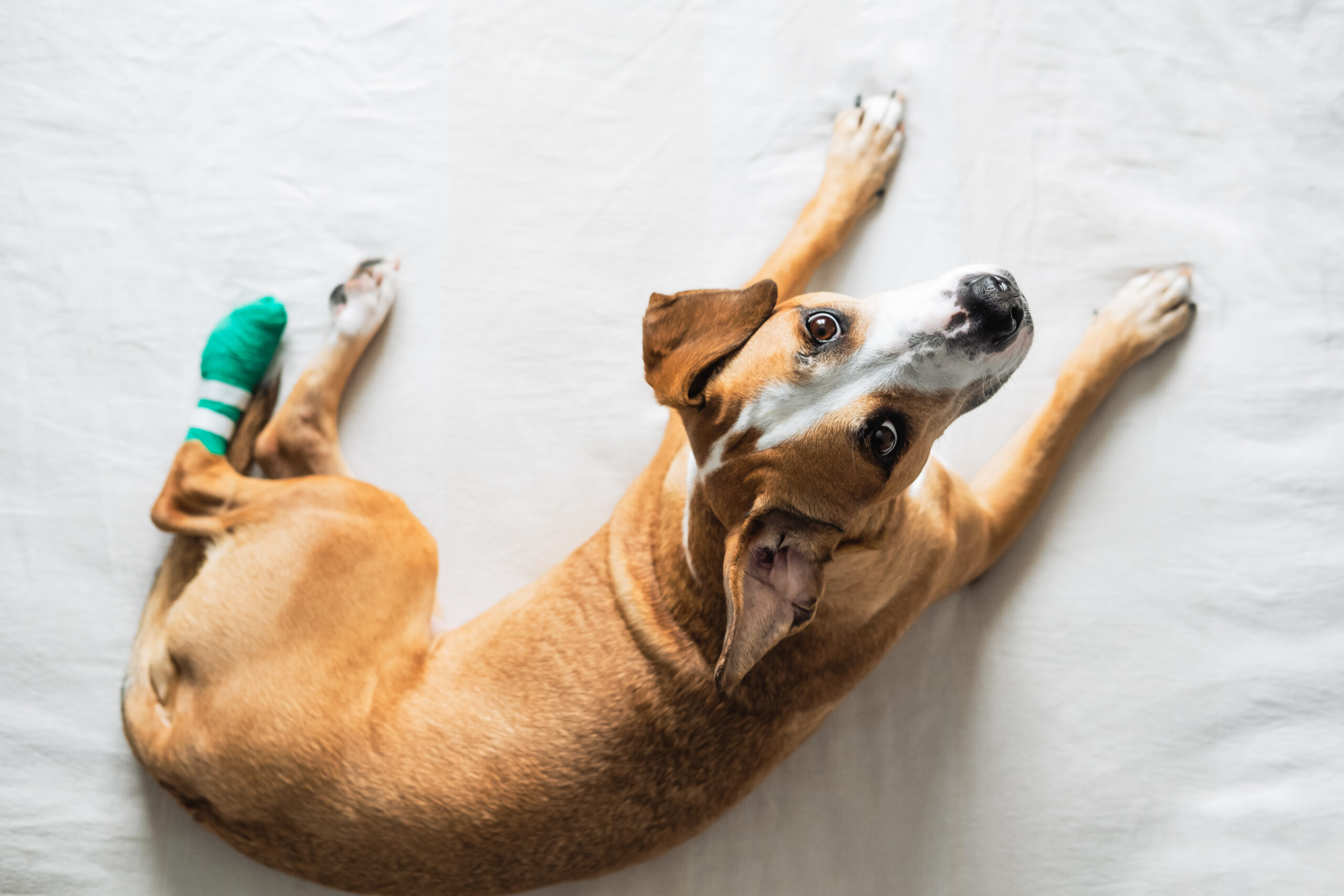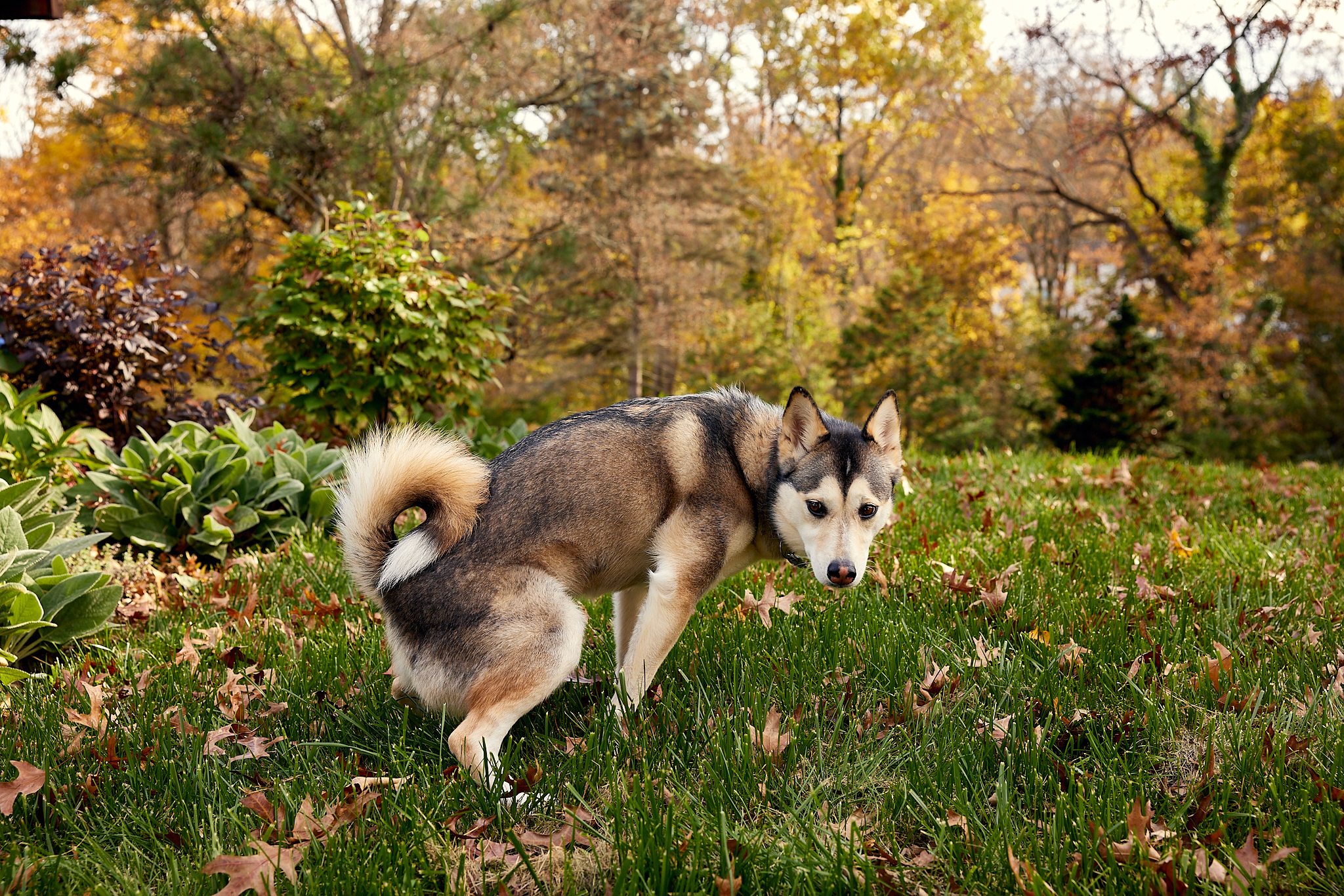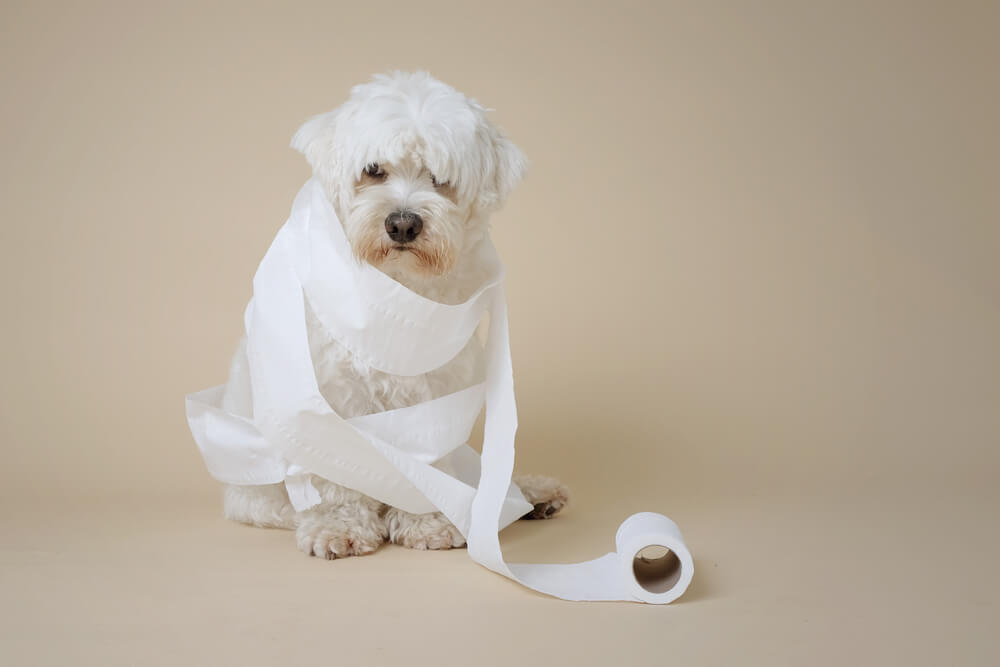Hey Ollie blog readers! We’re offering you an exclusive 60% OFF your starter box! Try now!
As an in-the-know pup parent, you’re probably already aware that things like chocolate and grapes are definite no-no’s for your dog. But have you ever thought about other items in your house that could be dangerous for your pup? Since March is Animal Poison Prevention Month, it’s the perfect time for a brush-up course on common pet poisons (that could be right under your nose!). Here are the top toxins for dogs, according to the latest list from the ASPCA’s Animal Poison Control Center (APCC). Plus, simple tips to keep your pup safe.
In the Kitchen
Chocolate: "People food" came in at number 3 on the APCC’s list this year with 10.9 percent of cases. Of those, the majority (8.8 percent) were for chocolate toxicity. That’s around 48 cases a day! You may have heard the dark chocolate is healthier for humans, but when it comes to dogs, the darker the chocolate, the more dangerous it is for your pup. That’s because methylxanthines found in the cacao seeds can cause vomiting and diarrhea, panting, excessive thirst and urination, hyperactivity, abnormal heart rhythm, tremors, seizures and even death. So keep that expensive 99 percent cacao stuff on the high shelf, tucked away.
Sugar-free foods: Xylitol, a chemical sweetener found in sugar-free foods like gum, protein bars, gummies, baked goods, ketchup, barbecue sauce, syrup and more, is near the top of the APCC’s list. It can cause liver failure, as well as hypoglycemia (lowered sugar levels) and result in vomiting, lethargy, loss of coordination, and potentially seizures.
Grapes/Raisins: It’s unclear what substance in grapes and their withered counterparts are actually toxic, but the fruits are known to cause kidney failure. So keep them as far away from your pet as possible (and keep an eye on any that fall off the plate and roll away!).
Other “people foods”: In addition to the list above, there are several other “people foods” that can be harmful for dogs: garlic, onions, and chives (can cause gastrointestinal irritation and could lead to red blood cell damage), macadamia nuts (can cause weakness, depression, vomiting, tremors and hyperthermia in dogs), alcohol (can cause vomiting, diarrhea, decreased coordination, coma, and even death), and raw yeast bread dough (its by-product ethanol can cause your pup to become drunk).
How to keep your pup safe:Educate everyone in the house on what foods are off limits for your dog. If Doggie Pawton is an extra curious canine, use a gate to keep her out of the kitchen while you’re cooking. After cooking and eating, vacuum and sweep away crumbs if necessary. And most importantly: invest in a garbage can your dog cannot open.
In the Bathroom
Human Prescriptions: From heart medications to antidepressants, Rx’s for humans top the APCC’s list this year, accounting for 17.5 percent of cases. Pain medications, antidepressants, and heart medications were the most common meds that the APCC received calls about. And while most cases of ingestion were accidental, some were due to humans accidentally giving their pup the wrong meds.
Over-the-Counter Medications: Coming in at a close second on the APCC’s list are OTC meds—they made up 17.4 percent of cases. While these include what you take for a headache (such as acetaminophen, ibuprofen, and naproxen), they also refer to herbal supplements, probiotics, antihistamines, cold and flu meds, and even vitamins.
Other bathroom products: Although the following did not make APCC’s list, it’s still important to be aware of their toxicity to dogs:
Toilet water: It may seem harmless, but drinking toilet water could put your pup at risk of bacterial-related gastrointestinal problems. So it’s a good idea to keep that toilet lid closed!
Petroleum jelly: Because it’s a laxative, petroleum jelly can cause diarrhea and potentially vomiting. If your pup sniffs too much of it, there’s also a slight chance of aspiration pneumonia.
Bar soap and face wash: Most cleansers contain detergents, which can cause gastrointestinal irritation (including vomiting and diarrhea) if consumed. Plus, if your pup were to inhale a bar of soap, that could lead to obstruction of their gastrointestinal tract.
How to keep your pup safe:Your best bet is to keep your dog out of the bathroom (make it a house rule to always keep the bathroom door shut). If that’s not doable, be sure to store your meds on a high shelf or behind closed doors (like the medicine cabinet). Same goes for your toiletries, like lotions and soaps.
In the Laundry Room
Bleach: Household products like bleach and other cleaning products were number 6 on the APCC’s list, making up 8.6 percent of cases. You might be wondering if you can use bleach to clean your pup’s crate and toys, and the answer is yes, as long as you use a diluted bleach solution, rinse afterwards with water, and let the area air out before putting it back in commission. If the smell of bleach is overwhelming, open some windows or use a fan to clear the air.
Fabric Softener Sheets: They might seem harmless but these laundry staples contain cationic detergents, which can cause problems like drooling, vomiting, oral and esophageal ulcers, and fever, according to the APCC. Used sheets have fewer amounts of detergent but you should still take your pup to the vet if they consume or chew on a sheet and experience any of the symptoms above.
Laundry Pods: Teenagers aren’t the only ones you have to keep your eye on when it comes to eating Tide Pods. Your pup can get into them, too, and they can cause significant upset stomach and irritation to your dog’s upper airway if ingested. As these products become more and more popular, the APCC notes they’re a growing danger to our beloved pets.
How to keep your pup safe:Just like with the bathroom, making the laundry room an off-limits room could save you a scary call to the vet. If that’s not a possibility, be sure to store all cleaning supplies (including laundry detergent and pods) on a high shelf where your pup can’t reach them. And be mindful about keeping your pup at a distance when you’re using cleaning products or doing laundry.
In the Garage and Garden
Paints and varnishes: It doesn’t matter if it’s oil-based or water-based, any paint is bad for your dog. Never leave paint buckets open around your dog or let your pup curiously lick his way around a room you just DIY-ed.
Rodenticides: Rodent poisons are great at killing the enemy, but they can also be highly toxic to your favorite family member. Indeed, rodenticide exposures made up 6.3 percent of the APCC’s cases in 2017, which was probably due to unpredictable weather patterns that had rats and mice everywhere seeking shelter and food inside. Before putting out any rodent poisons, consider safer alternatives such as closing up any holes in the wall or eliminating rodent attractions like food and water. There are also different tiers of ready-to-use bait stations, that have different tampering resistances for dogs and children.
Insecticides: Just as with rodenticides, bug killers can also be toxic for dogs. Insecticides made up 6.7 percent of the APCC’s cases—slightly more than rodenticides. Be sure to follow the instructions on the label, and only use insecticides when your pup isn’t around. Keep your pup away until the treated area is completely dry and the area has been well ventilated.
Fertilizer: Garden products like fertilizer accounted for 2.6 percent of the APCC’s cases in 2017. Many pups find fertilizer irresistible (a huge open bag of dried, delicious goodies that look like poop? It’s like a kid in a candy store!). Problem is, fertilizers may contain insecticides, so if you’re storing it in your garage, keep it sealed and out of sight. And of course, if you’re using fertilizer on your lawn, make sure your pup stays off it for a few days (or however long the label says). You could also fence off a small dog run for your pup where you don’t use chemicals.
Plants: Both indoor and outdoor plants and flowers can be dangerous for your pup. In 2017, plants accounted for 5.4 percent of the APCC’s cases. Two culprits that pose “serial danger” for both cats and dogs are Sago Palm and Oleander plants. Other toxic plants include azaleas, ferns, and aloe vera. Check out the ASPCA’s complete list of toxic plants to learn about others to avoid.
How to keep your pup safe:When it comes to pest and insect control, consult an exterminator (and possibly your vet) before spraying any products around your house. Keep fertilizer in your garage on a high shelf—or, even better, a storage cabinet that locks so that even if you can’t find your pup, you know the fertilizer is in a secure location. When it comes to plants, do your research online before bringing home some greenery.
If you have any reason to suspect your pet has ingested something toxic, please contact your veterinarian or the ASPCA Animal Poison Control Center’s 24 hour hotline at (888) 426-4435.
The Ollie blog is devoted to helping pet parents lead healthier lives with their pups. If you want to learn more about our fresh, human-grade food, check out MyOllie.com.
Tagged As:

The nutrition your dog needs,
the food they want.

Enjoying our articles? Subscribe our Newsletters and get new articles directly to your inbox
You might also like
26 April 2024
4 MINS READ
How Often Should I Take My Dog To The Vet?
Routine veterinary care is important for your dog’s overall health—but how often should your pup visit the vet? We answer this question and outline common health signs that warrant a veterinary…
by Ollie Pets
28 February 2024
6 MINS READ
Why Do Dogs Eat Poop & How to Stop It
Does your dog partake in poop? We get to the bottom of this unusual behavior, including its medical and behavioral causes, and how to address it.
by Ollie Pets
30 August 2023
6 MINS READ
Dog Diarrhea: How to Prevent and Resolve
Dog diarrhea is distressing for pups and their owners. Understanding common diarrhea causes can help you respond quickly and effectively to your pup’s intestinal issues.

